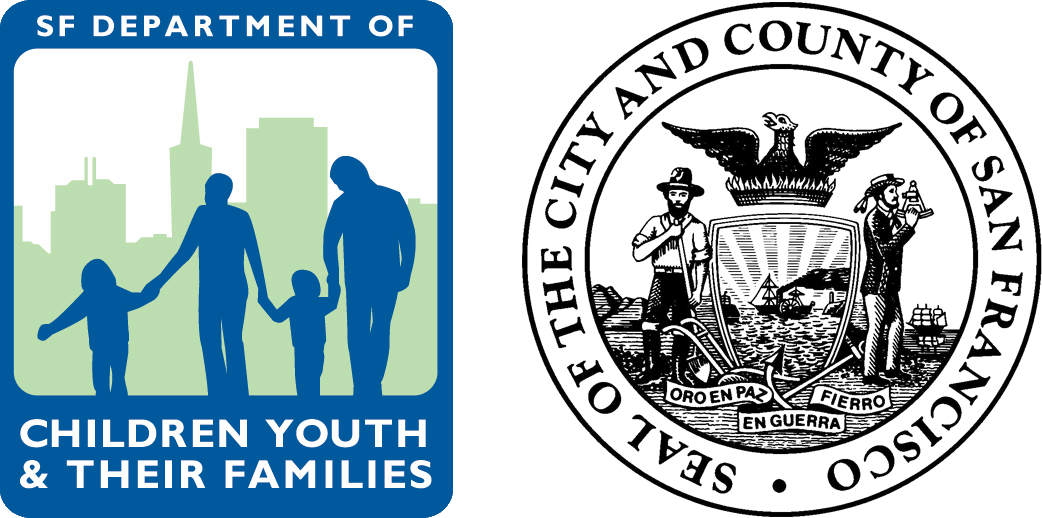SERVICE AREAS
Educational Supports
SERVICE AREA DESCRIPTION
The Educational Supports Service Area (Ed Supports) includes a range of educational opportunities that help children and youth who are struggling academically get back on track with their education and achieve individualized educational goals. Services in this service area support academic achievement in the core subjects, post-secondary enrollment and success, as well as provide academic and life skills assistance during key educational transition periods.
The Educational Supports Service Area includes the following strategies and initiatives: Academic Supports, Alternative Education, Literacy Supports and Summer Transitions.
SERVICE AREA NEED
Research shows that disparities in academic outcomes begin prior to kindergarten and persist throughout middle school, high school and post-secondary education. In the 2015-16 school year, only 39% of African American and 49% of Hispanic/Latino kindergartners were kindergarten-ready, as compared to 62% of all students. Similarly, in the same school year, 38% of African American, 51% percent of Latino/Hispanic and 52% of Pacific Islander public school students in San Francisco tested at or near state standards for third-grade reading, as compared to 66% of all students. Similar disparities by student race/ethnicity and Special Education, English Learner and low-income status are observed in other measures of academic success, including the percent of SFUSD eighth graders finishing middle school ready for high school, the percent of students graduating from high school within four years, and the percent of SFUSD graduates that enroll in college and complete a post-secondary degree within six years. The Educational Supports Service Area is designed to address these disparities and ensure that struggling students have access to the appropriate services throughout their academic careers.
Reading at grade level in the early years of schooling is key to academic and socioeconomic success in the later years. Research conducted by the Annie E. Casey Foundations shows that children who are not reading proficiently by the end of third grade are four times more likely to later drop out of school. Among these, African American and Hispanic/Latino children who are not reading proficiently by the end of third grade are twice as likely as their White peers to not graduate from high school (about 25% versus 13%). After the last US recession (late 2007 to early 2012), the workers most likely to stay unemployed were those with a high school diploma or less. Additionally, a 2009 study conducted by Northeastern University found that high school dropouts were 63 times more likely to be incarcerated than college graduates. There is a growing national consensus that reading at grade level by the end of third grade is critical for success in school and life.
Youth who face challenges performing at grade level in core academic subjects or who are just barely meeting grade level standards are also more likely to fall behind, drop out of high school or take longer to complete high school and college. Youth struggling academically need supports to accelerate their learning progress, catch up with their peers and, in general, succeed in their academic careers.
Transition Supports
The key transition periods between middle school and high school and high school and post-secondary education complicate the struggle to accelerate learning progress and to stay on track academically. The success of these transitions depends on multiple factors, ranging from the depth of family engagement in educational endeavors to social and emotional abilities to academic performance in the early years. Successful transitions also depend on the availability of educational support during the summer. National data shows that summer learning loss, the phenomenon where young people lose academic skills over the summer, is one of the most significant causes of the achievement gap between lower and higher income youth, and one of the strongest contributors to the high school dropout rate.

